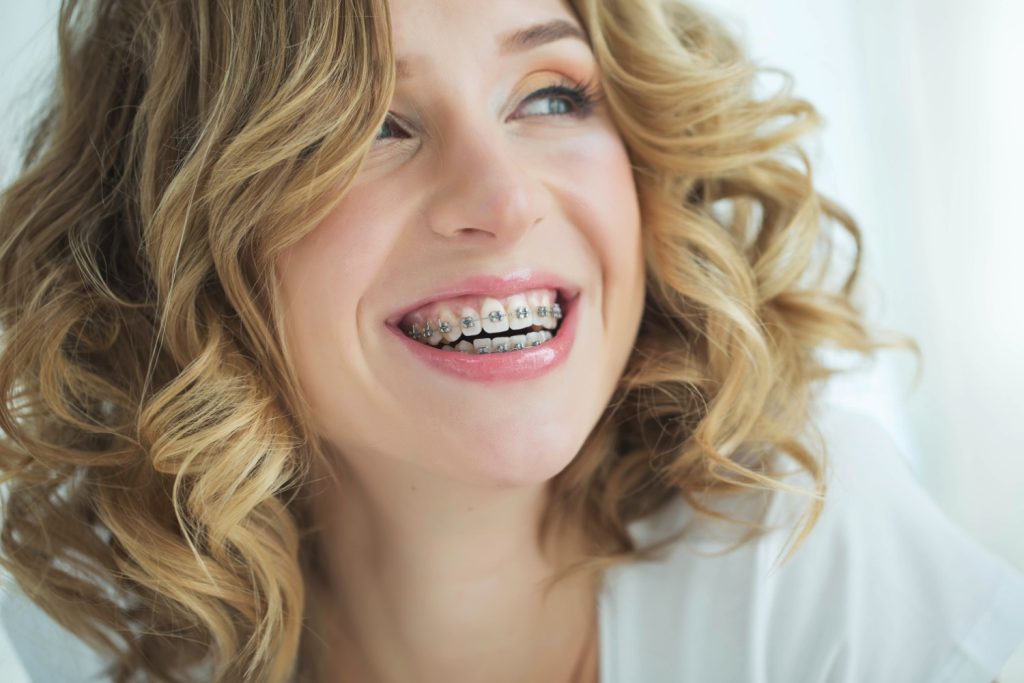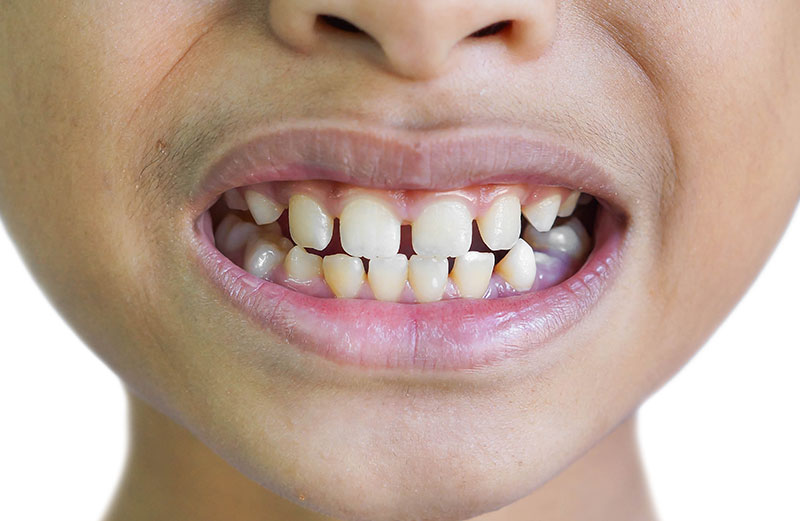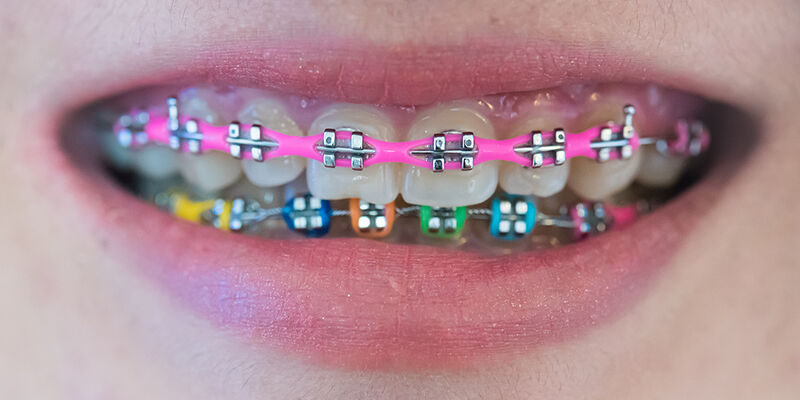Lingual Braces
The Ultimate Guide to Lingual Braces: A Discreet Orthodontic Solution
Lingual braces offer a revolutionary orthodontic solution for those seeking a discreet way to straighten their teeth. Unlike traditional braces that are placed on the front of the teeth, lingual braces are positioned on the back, making them virtually invisible from the outside. This comprehensive guide will delve into everything you need to know about lingual braces, from their benefits and treatment process to maintaining oral health and navigating life with lingual braces.
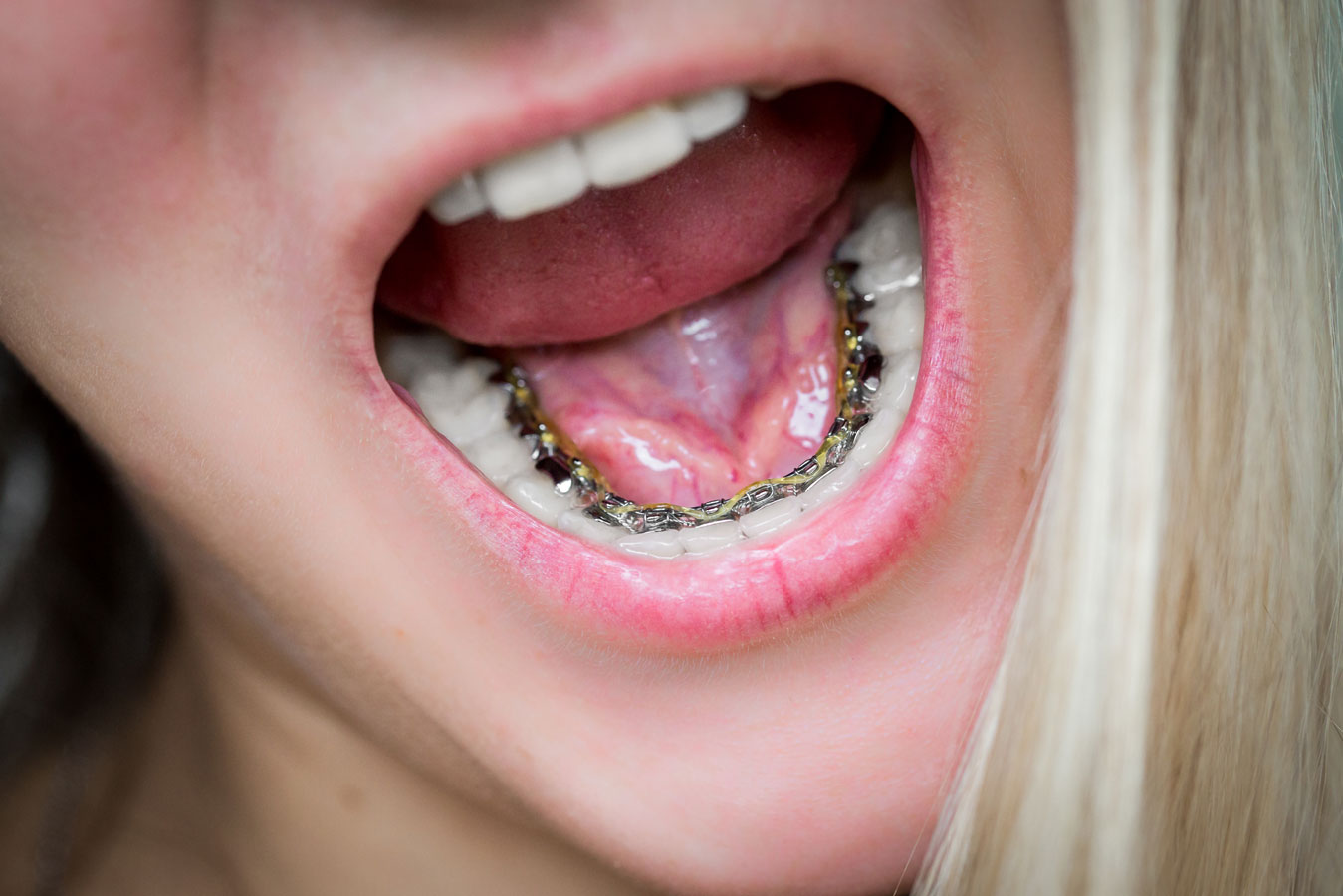
Table of Contents
- What Are Lingual Braces?
- How Lingual Braces Differ from Other Braces
- Benefits of Lingual Braces
- Who Is a Candidate for Lingual Braces?
- The Lingual Braces Treatment Process
- Maintaining Oral Health with Lingual Braces
- Living with Lingual Braces
- Cost of Lingual Braces
- FAQs about Lingual Braces
- Conclusion
What Are Lingual Braces?
Lingual braces are a type of orthodontic appliance used to correct misaligned teeth and bites. Unlike traditional braces, which are attached to the front surfaces of the teeth, lingual braces are bonded to the back (lingual) surfaces, facing the tongue. This positioning makes them virtually invisible from the outside, offering a discreet option for those seeking orthodontic treatment.
Back to Table of Contents
How Lingual Braces Differ from Other Braces
Lingual braces differ from other types of braces in several key ways:
- Placement: Lingual braces are attached to the back of the teeth, while traditional metal and ceramic braces are placed on the front.
- Visibility: Because they are on the back of the teeth, lingual braces are hidden from view, making them a more aesthetically pleasing option for many patients.
- Customization: Lingual braces are highly customizable to fit the unique contours of each patient’s teeth, which can sometimes result in a longer fitting process compared to traditional braces.
Back to Table of Contents
Benefits of Lingual Braces
Lingual braces offer numerous benefits, making them an attractive option for orthodontic treatment:
- Discreet Appearance: The primary advantage of lingual braces is their invisibility. Since they are placed on the back of the teeth, they are not noticeable in everyday interactions.
- Effective Treatment: Lingual braces are just as effective as traditional braces in treating a wide range of orthodontic issues, including overcrowding, gaps, and bite problems.
- Customization: Each set of lingual braces is custom-made to fit the patient’s teeth perfectly, ensuring optimal comfort and effectiveness.
- No Risk of Staining: Unlike clear aligners and ceramic braces, lingual braces do not stain since they are hidden from view.
Who Is a Candidate for Lingual Braces?
Lingual braces are suitable for a wide range of patients, but there are some considerations to keep in mind:
- Age: Lingual braces can be used by teenagers and adults. However, they might not be suitable for younger children due to the smaller size of their teeth.
- Dental Condition: Lingual braces can treat most orthodontic issues, but patients with very deep overbites or those needing extensive jaw realignment might be better suited to other types of braces.
- Lifestyle: Those who are particularly concerned about the appearance of braces, such as professionals in public-facing roles, often prefer lingual braces.
Consult with an orthodontist to determine if lingual braces are the best option for your specific needs and lifestyle.

Back to Table of Contents
The Lingual Braces Treatment Process
The process of getting lingual braces involves several key steps, each crucial to achieving the desired outcome:
Initial Consultation
The first step is an initial consultation with an orthodontist. During this appointment, the orthodontist will evaluate your dental condition, discuss your treatment goals, and determine if lingual braces are the right choice for you. This evaluation may include dental impressions, X-rays, and photographs.
Back to Table of Contents
Customizing Your Lingual Braces
Once you decide to proceed with lingual braces, your orthodontist will take detailed impressions of your teeth. These impressions are used to create custom-fit brackets and wires specifically designed for the unique shape of your teeth. This customization ensures maximum comfort and effectiveness.
Back to Table of Contents
Braces Installation
The installation process involves bonding the custom-made brackets to the back surfaces of your teeth. This process is more complex and time-consuming than traditional braces due to the precise placement required. Your orthodontist will ensure the brackets are positioned correctly and that the archwires are properly aligned.
Back to Table of Contents
Adjustments and Follow-Up Appointments
Regular follow-up appointments are essential to monitor progress and make necessary adjustments to the braces. These appointments typically occur every 6 to 8 weeks. During these visits, your orthodontist will tighten the wires, change the elastic bands, and ensure your treatment is progressing as planned.
Back to Table of Contents
Maintaining Oral Health with Lingual Braces
Maintaining good oral hygiene is crucial when wearing lingual braces to prevent issues such as tooth decay and gum disease:
Brushing and Flossing Techniques
- Brushing: Use a soft-bristled toothbrush and fluoride toothpaste to brush your teeth at least twice a day. Pay extra attention to the brackets and wires on the back of your teeth. Consider using an interdental brush to clean around the brackets more effectively.
- Flossing: Floss daily using a floss threader to navigate around the wires. Water flossers can also be an effective tool for removing plaque and food particles from between the teeth.
Back to Table of Contents
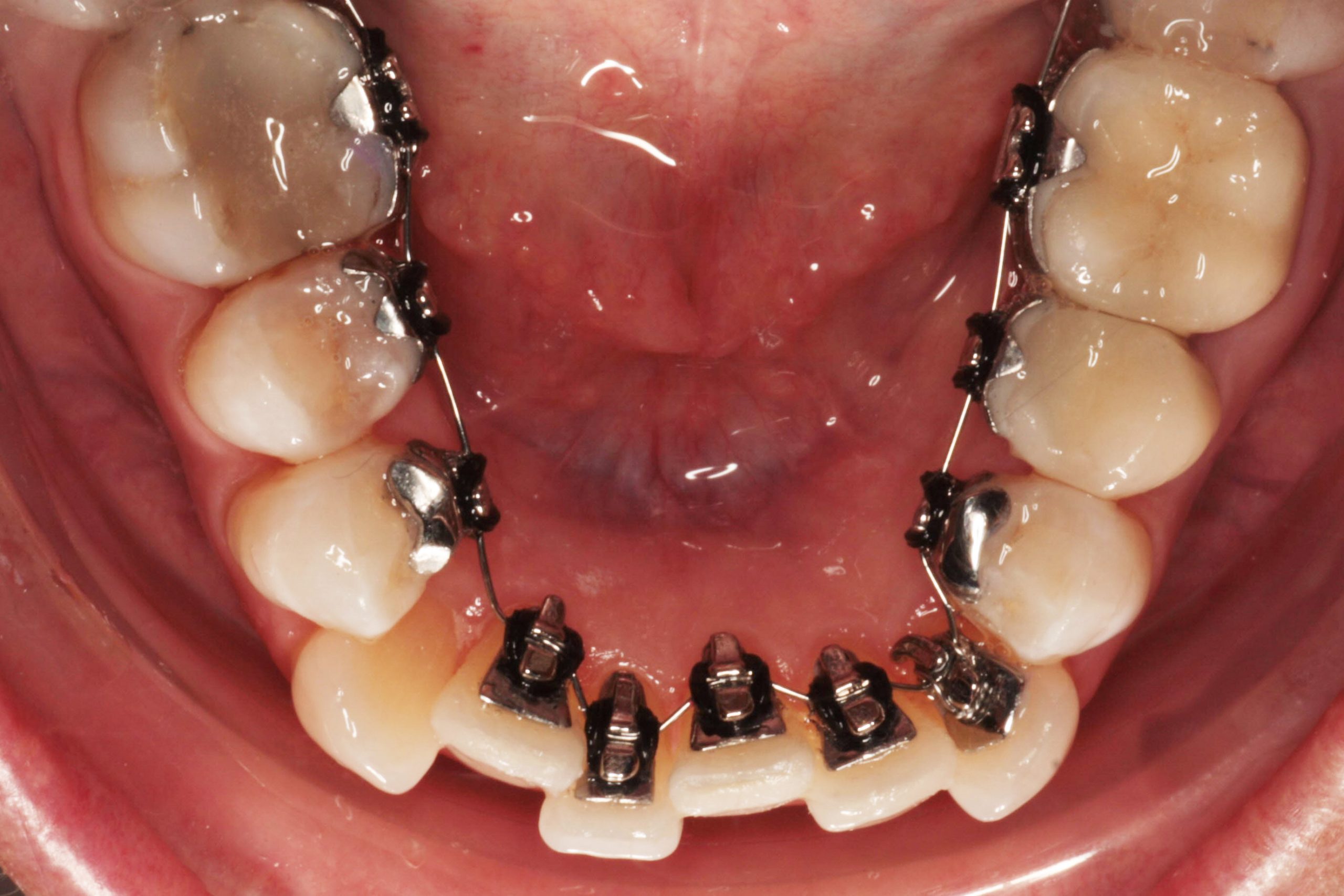
Foods to Avoid
Certain foods can damage your lingual braces or get stuck in the brackets and wires. Avoid hard, sticky, and chewy foods such as:
- Hard candies
- Popcorn
- Chewing gum
- Nuts
- Ice
Opt for softer foods that are easier to chew and less likely to cause damage.
Back to Table of Contents
Managing Discomfort
It’s common to experience some discomfort or soreness after the installation of lingual braces and during adjustment appointments. Here are some tips to manage discomfort:
- Over-the-Counter Pain Relievers: Medications like ibuprofen or acetaminophen can help alleviate soreness.
- Orthodontic Wax: Apply orthodontic wax to any brackets or wires that are causing irritation to the tongue or gums.
- Warm Salt Water Rinses: Rinse your mouth with warm salt water to soothe sore spots.
Back to Table of Contents
Living with Lingual Braces
Adjusting to life with lingual braces involves some changes, but with the right strategies, you can manage them effectively:
Speech Adjustments
Initially, you may experience slight changes in your speech as your tongue adjusts to the presence of the braces. Practicing speaking out loud, reading aloud, and using exercises like tongue twisters can help accelerate the adjustment period.
Back to Table of Contents
Social Situations
Lingual braces are virtually invisible from the outside, which can help you feel more confident in social and professional situations. Embrace your braces as a positive step towards a healthier smile, and don’t hesitate to explain your treatment to others if needed.
Back to Table of Contents
Sports and Physical Activities
If you participate in contact sports, it’s important to wear a mouthguard to protect your teeth and braces from injury. Your orthodontist can recommend the best type of mouthguard for your specific needs.
Back to Table of Contents
Cost of Lingual Braces
The cost of lingual braces can vary based on factors such as the complexity of your case, the length of treatment, and the orthodontist’s experience. Generally, lingual braces tend to be more expensive than traditional braces due to their customization and the specialized training required for their application. On average, the cost ranges from $8,000 to $10,000.
Back to Table of Contents
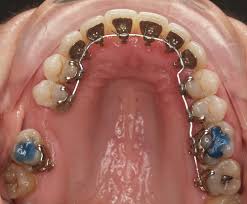
FAQs about Lingual Braces
Q: How long does treatment with lingual braces take?
A: The duration of treatment with lingual braces varies depending on the complexity of the case. On average, treatment can take between 18 to 36 months.
Q: Are lingual braces more uncomfortable than traditional braces?
A: Lingual braces can cause initial discomfort as your tongue adjusts to the brackets and wires. However, most patients adapt over time, and the discomfort diminishes.
Q: Can anyone get lingual braces?
A: Lingual braces are suitable for most patients, but those with very small teeth or severe bite issues might need alternative treatments. An orthodontist can determine the best option for each individual.
Q: Will lingual braces affect my diet?
A: Yes, you will need to avoid certain hard, sticky, and chewy foods that can damage the braces. Your orthodontist will provide a list of foods to avoid and recommend braces-friendly options.
Q: How often do I need to visit the orthodontist with lingual braces?
A: Regular follow-up appointments, usually every 6 to 8 weeks, are necessary to monitor progress and make adjustments to the braces.
Back to Table of Contents
Conclusion
Lingual braces offer a discreet and effective solution for achieving a straighter smile and correcting orthodontic issues. By understanding the benefits, treatment process, and how to maintain oral health with lingual braces, you can make an informed decision about your orthodontic care. Consult with an experienced orthodontist to determine if lingual braces are the right choice for your needs, and embark on your journey to a beautiful, confident smile.
Back to Table of Contents
This comprehensive guide provides detailed information on lingual braces, complete with a table of contents that links to each relevant section of the page. This makes it easier for readers to navigate and find the information they’re interested in.






